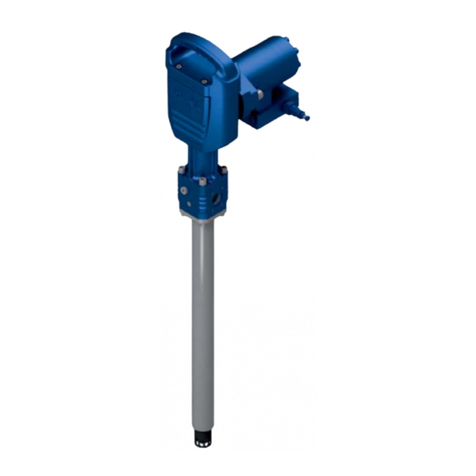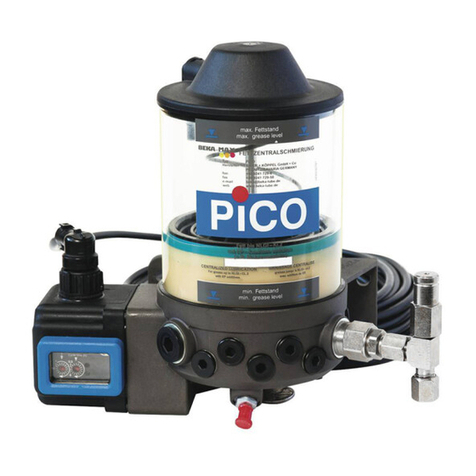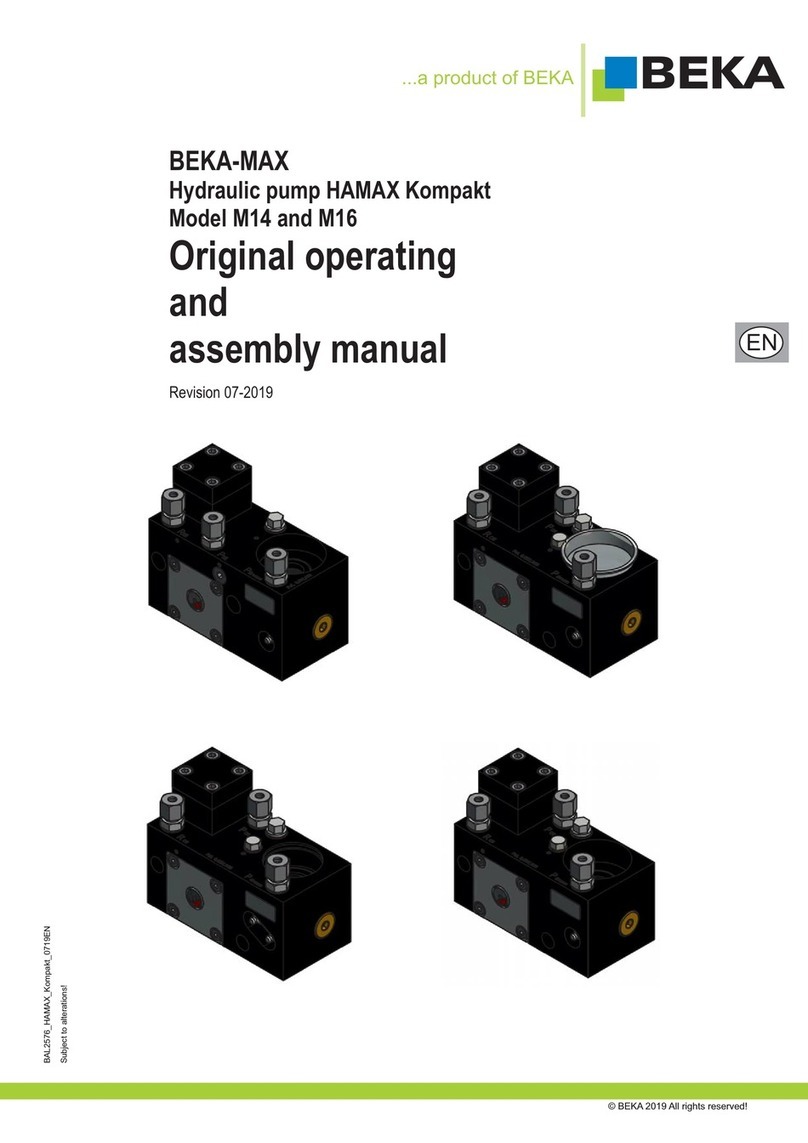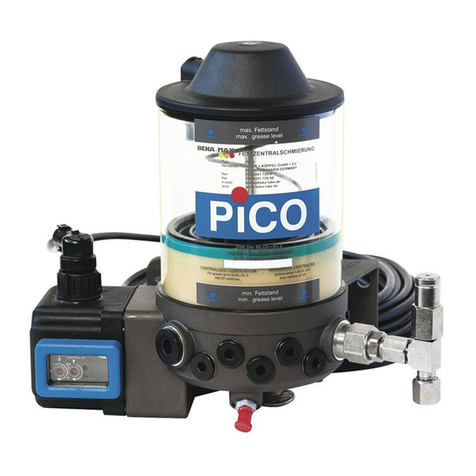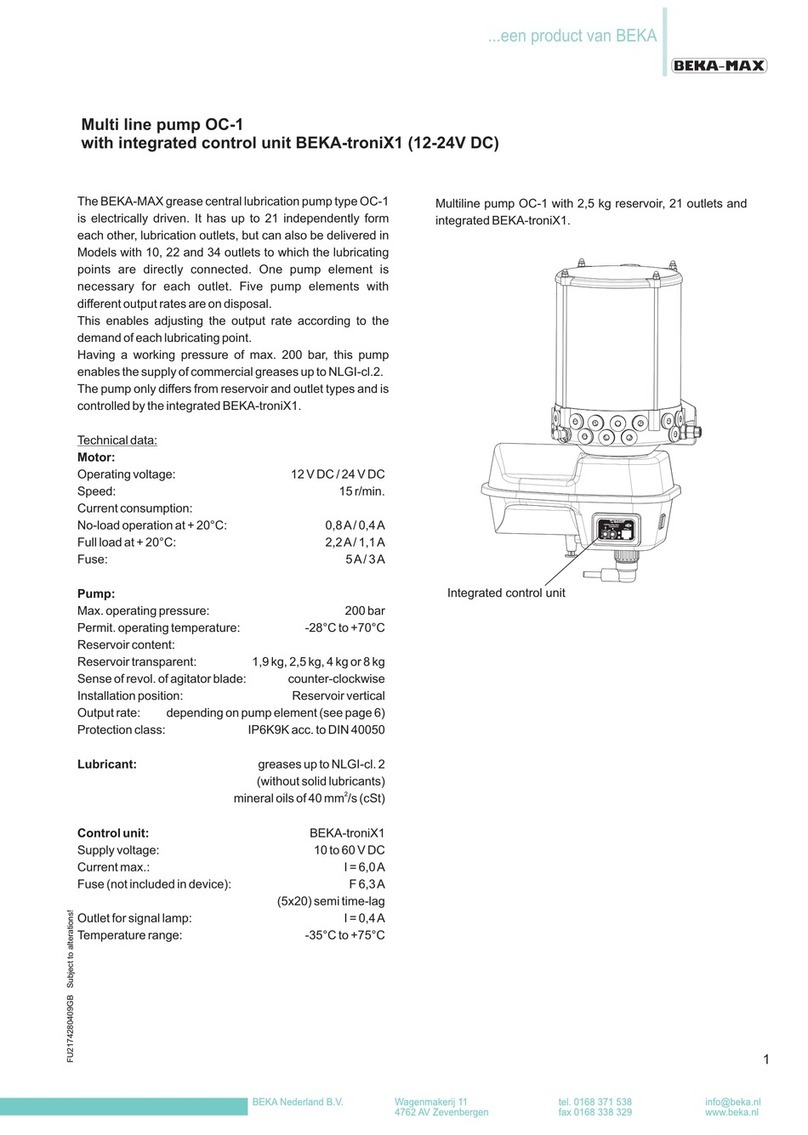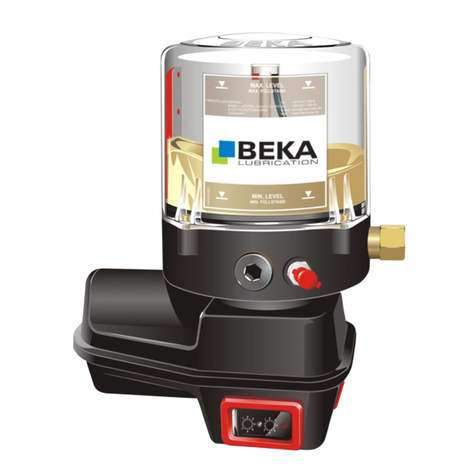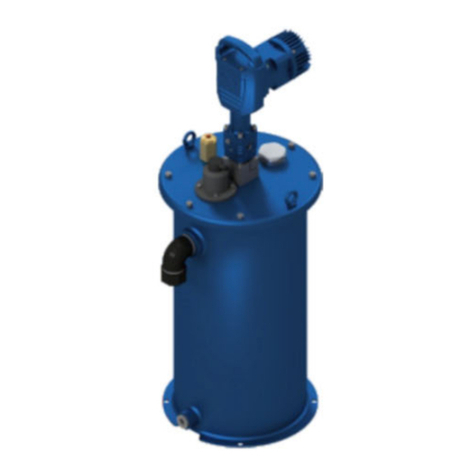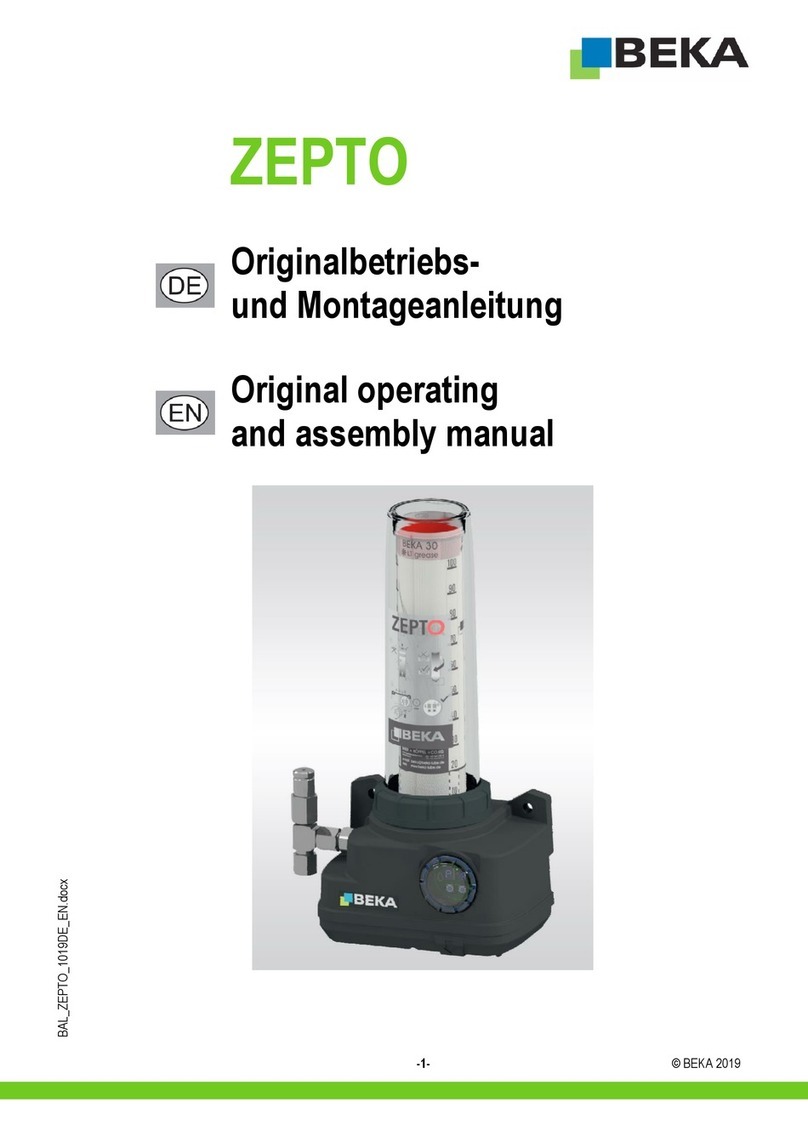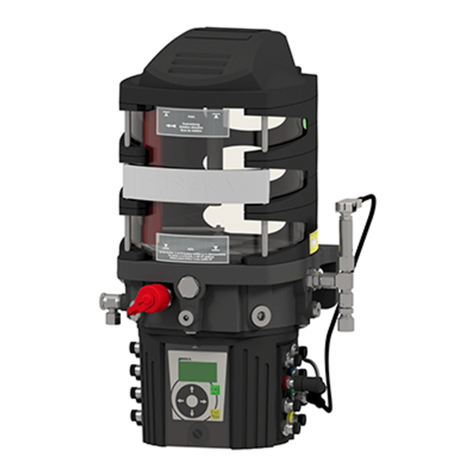
Page 2 © BEKA 2018 All rights reserved!
...a product of
Table of contents
1.Technical data ................................................................................................................................................................................3
2.Code ...............................................................................................................................................................................................3
2.1Cartridges ..................................................................................................................................................................................3
3.General safety instructions .............................................................................................................................................................4
3.1Safety instructions .....................................................................................................................................................................4
3.2Qualification and training of staff ...............................................................................................................................................4
3.3Hazards in case of non-observance of the safety instructions ..................................................................................................5
3.4Obligations of the operator / user ..............................................................................................................................................5
3.5Safety instructions for maintenance, inspection and assembly .................................................................................................5
3.6Unauthorized modification and production of spare parts .........................................................................................................5
3.7Inadmissible modes of operation...............................................................................................................................................6
3.8General hazard warning – residual risk .....................................................................................................................................6
4.Intended use...................................................................................................................................................................................7
5.Scope of warranty...........................................................................................................................................................................7
6.Transport and storage ....................................................................................................................................................................7
7.Assembly instructions.....................................................................................................................................................................8
7.1Connection of lines ....................................................................................................................................................................8
7.1.1Lubrication line..................................................................................................................................................................8
7.1.2Hydraulic line .................................................................................................................................................................... 8
8.Start up ...........................................................................................................................................................................................9
8.1Lubricant.................................................................................................................................................................................... 9
8.2Setting the delivery rate............................................................................................................................................................. 9
8.3Replacement of grease cartridge.............................................................................................................................................10
8.4Ventilation (grease area) .........................................................................................................................................................11
8.5Ventilation (oil area)................................................................................................................................................................. 11
9.Functional description................................................................................................................................................................... 12
9.1General.................................................................................................................................................................................... 12
9.2Function................................................................................................................................................................................... 12
9.3Hydraulic scheme ....................................................................................................................................................................12
9.4Pressure transmission .............................................................................................................................................................13
10.Maintenance .................................................................................................................................................................................14
10.1General maintenance ..............................................................................................................................................................14
10.2Lubricant change .....................................................................................................................................................................14
11.Shutdown......................................................................................................................................................................................14
12.Disposal........................................................................................................................................................................................14
13.Troubleshooting............................................................................................................................................................................15
14.Spare part list and drawing...........................................................................................................................................................15
15.Dimensional drawing AZ300548...................................................................................................................................................16
16.Details of the manufacturer...........................................................................................................................................................17

